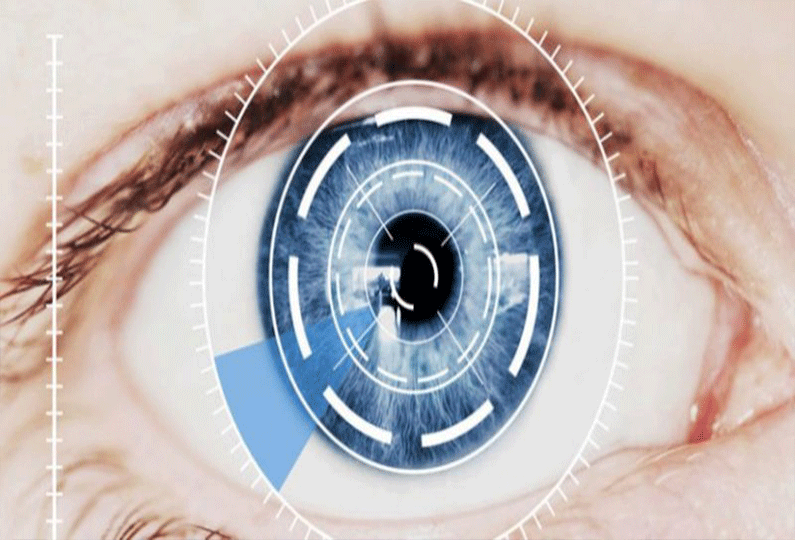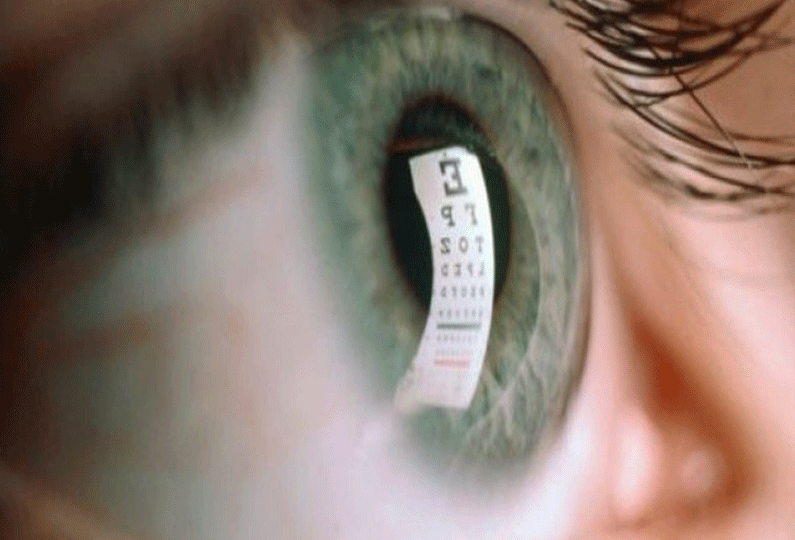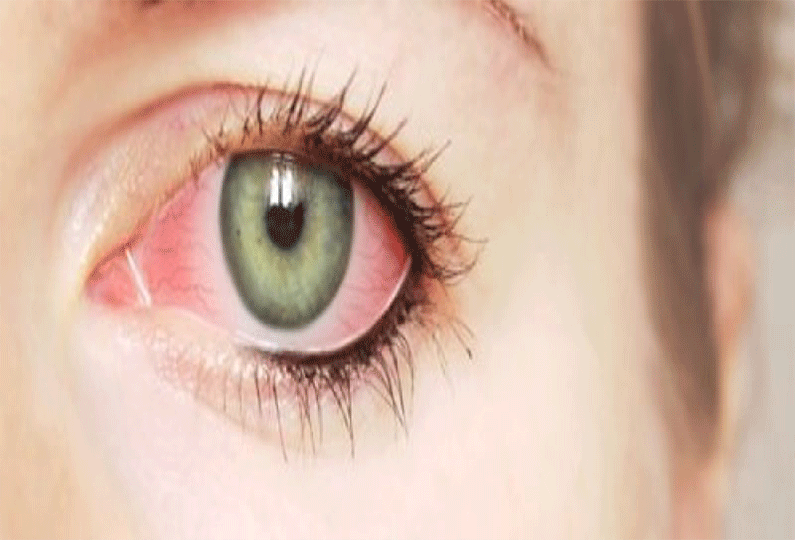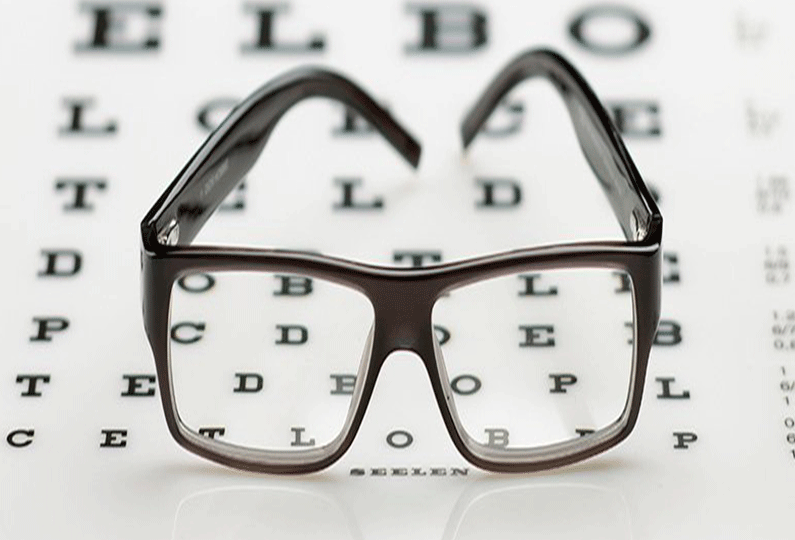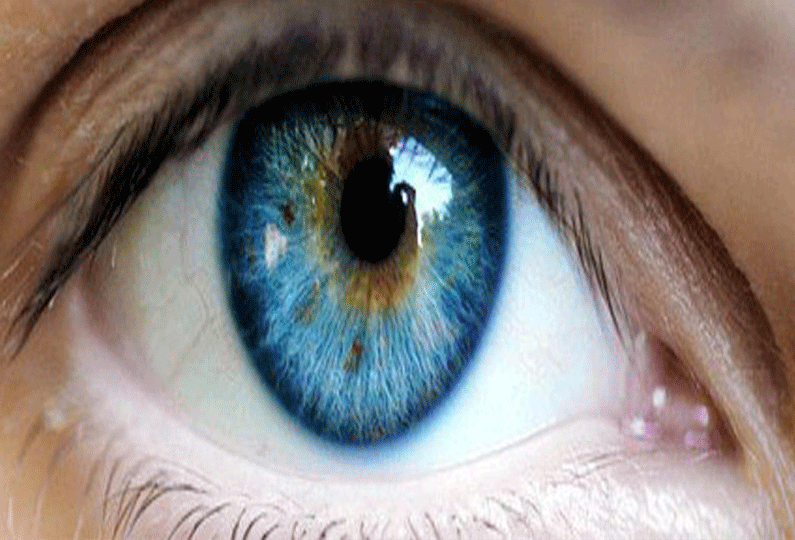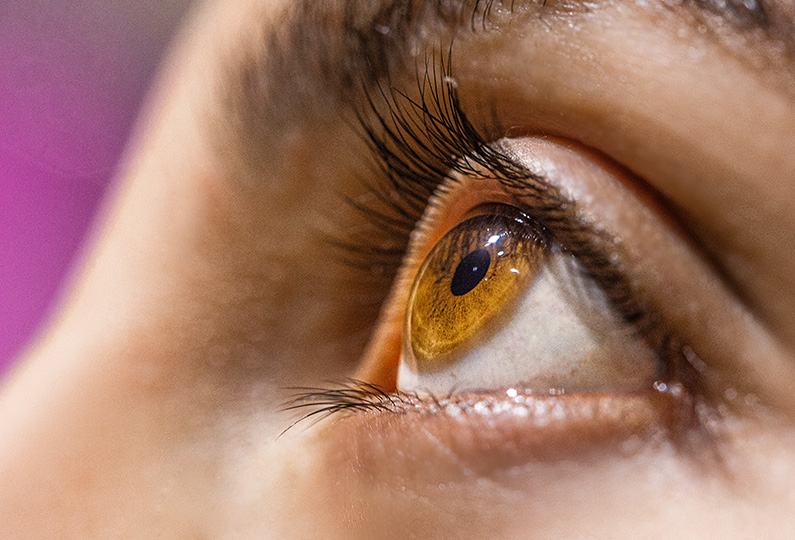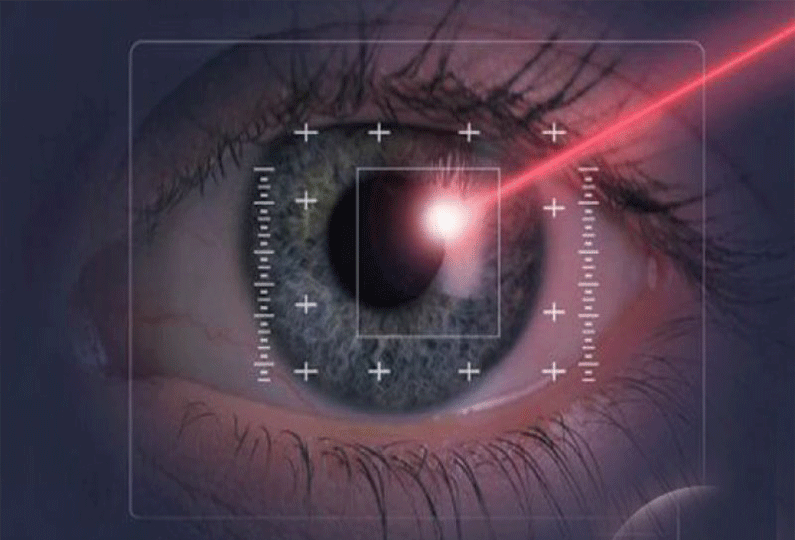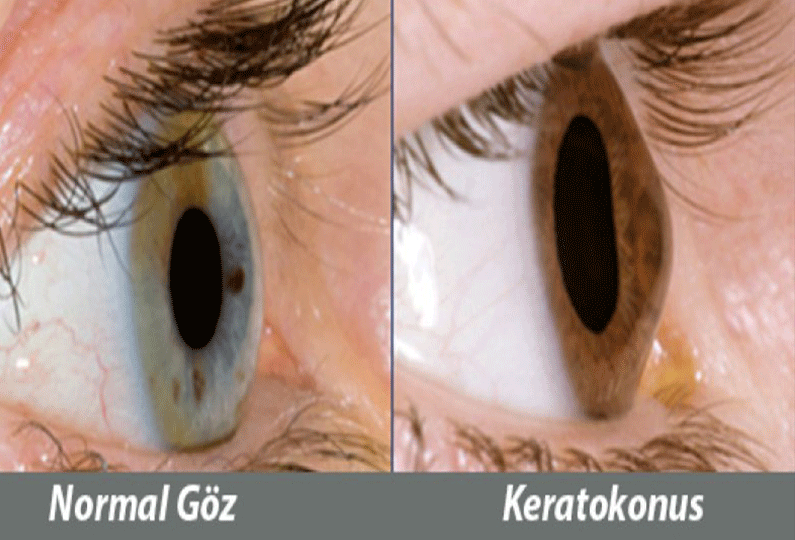Cataract
Cataract
What is Cataract?
Cataract is an eye condition that results in the loss of transparency of the natural lens inside the eye, resulting in decreased vision. 90% of cataracts occur due to advancing age. But it can be seen in any age group, including infants. In order for light and images coming from outside to reach the visual center clearly, they must first be refracted in the cornea, the outermost transparent layer of the eye, and then in the lens layer inside the eye. Under normal conditions, both of these layers are transparent. If the lens loses its transparency, it becomes opaque, its color changes, it becomes like frosted glass and the patient's vision gradually decreases. Cataract is a condition in which the lens in the eye loses its transparency and becomes opaque. It is one of the leading causes of curable blindness in the world.
What are the Causes of Cataract?
Although there is no known cause, there are many risk factors such as nutrition and ultraviolet rays. Depending on the state of opacification of the lens, patients initially complain of distant or near vision impairment.
The most important cause of cataract is old age. Apart from old age, trauma, after some other eye surgeries, some medications and diabetes can cause cataracts, and it can also develop secondarily in eye diseases such as uveitis and eye pressure. Factors such as vitamin C deficiency and exposure to ultraviolet rays accelerate the development of cataracts.
Cataracts can also be seen in infancy and childhood. The most important factor in congenital cataracts is infections such as rubella that the mother had during pregnancy.
What are the Symptoms of Cataract?
- Gradual decrease in vision
- Sensitivity to light, glare
- Double vision
- Reading difficulty
- Deterioration of night vision
- Fading or yellowing of colors
- Surgery is performed when the person's vision complaint occurs. There is no need to wait.
- Waiting makes surgery difficult.
Cataract Treatment
Cataract cannot be treated with medication. The only treatment is surgery. The opacified lens, which has lost its transparency with surgery, is removed and the patient is able to see well again. Before the 1950s, patients had to wear thick (about + 10 numbers) glasses after surgery because no lens was placed in the patient's eye after surgery. Today, a lens is inserted into the patient's eye during surgery and the patient can see far and near clearly with very low numbered glasses after surgery.
The method popularly known as laser cataract surgery is called phacoemulsification. In this method, the cataract in the eye is grinded with the help of a needle working with ultrasonic vibration and removed from the eye. This surgery is briefly called phacoemulsification.
In today's developing cataract surgery; general or local anesthesia is no longer applied except in special cases. The patient is prepared for surgery only with drops that numb the eye and are instilled 4-5 times. The patient should lie calmly on his/her back for 10-15 minutes.
Phaco surgery begins by making a 2 mm incision in the transparent layer of the eye with a diamond blade and a special gel is injected into the eye. This gel protects the intraocular tissues.
A circular piece of the anterior capsule of the cataract is removed. The hard nucleus underneath is ground with a needle tip that works with ultrasonic vibration called phaco and is pulled out of the eye.
After this procedure, the soft parts between the capsule and the nucleus and the cells of the anterior capsule are removed. In the meantime, utmost care is taken not to damage the 50 micron thin lens capsule. The capsule, which has been completely emptied and turned into a transparent bag, is refilled with gel.
With the help of a special syringe, the foldable lens is inserted into the eye. The gel is then washed out of the eye with serum. Serum is injected into the incision site so that the incision is closed without stitches. The operation is completed.
What happens if cataracts are not treated?
- Visual function is impaired or lost near and far.
- Increased intraocular pressure may be observed.
- Lazy vision may develop.
- It can cause inflammation in the eye called uveitis.
- Since the visual center of the eye and the retina cannot be observed during the examination, diagnosis and treatment of problems within the eye are difficult.
When should cataract surgery be performed?
Cataract surgery can be performed if the blurred vision is at a level that interferes with the patient's daily work (difficulty reading, difficulty watching television, difficulty driving a car). There is no need to wait for the cataract to mature to undergo surgery. The decision for surgery is determined by the ophthalmologist according to the needs of the patient.
What should be the characteristics of the lenses implanted in the eye?
The lenses implanted in the eye remain in the eye for a lifetime. Therefore, the compatibility of the lenses with the eye should be at a high level. The lenses should be capable of preventing the opacification of the posterior capsule of the lens left in place during surgery. Patients who plan to have cataract surgery should discuss the lenses to be inserted into the eye in detail with their doctors. If they want a multifocal intraocular lens that shows far and near without glasses, they should definitely specify this to their doctors. Because many doctors do not use multifocal lenses if the patient does not specify this and can insert a standard monofocal lens into the eye. In this case, patients lose the advantage of seeing near without glasses. The multifocal lenses we use require a slightly more delicate surgery than standard cataract intraocular lenses.
Can Cataract Recur?
It is not possible for cataract to reoccur. What is popularly known as cataract recurrence is the loss of transparency of the posterior capsule of the lens, which is left in place as a support for the lens worn on the eye. If the posterior capsule loses its transparency, it can be treated in a few minutes with YAG laser capsulotomy.
Can Glasses Be Worn After Surgery?
Before the surgery, the number of the lens inserted into the eye is calculated to ensure that the patient can see far away without glasses after the surgery. Patients may need to wear glasses for both near and far, usually with a lower number for distance after surgery. Postoperative glasses are usually given after the first month of surgery. If glasses are given earlier, there will be a change in the number of glasses over time.
What is congenital cataract?
Congenital cataract is the unilateral or bilateral loss of transparency and opacification of the lens seen from birth. Congenital cataracts can occur due to infections and medications used by the mother during pregnancy, or they can occur without any cause.
One pupil having a different color (white) than the other or slipping in the eye (strabismus) may be a sign of congenital cataract. When these symptoms are seen in babies, an eye specialist should be consulted immediately. Congenital cataracts should be operated on as soon as they are diagnosed, especially if they are unilateral. The eye specialist decides on the timing of surgery after a detailed examination. The most important problem in eyes with congenital cataract is lazy eye (amblyopia). In order to overcome lazy eye, surgery should be performed at the earliest possible time in line with the ophthalmologist's recommendation.
Treatment of congenital cataract is performed with the FAKO method and a foldable lens is placed into the eye if the age is appropriate. The most important part of the treatment of congenital cataract is the fight against lazy eye after surgery. Family-physician cooperation is very important in this part. If this cooperation is not possible, early surgery will not be of any benefit.
After congenital cataract surgery, the child can wear glasses and contact lenses, depending on whether a lens is implanted or not.
Postoperative Medication Use
- Cortisone and antibiotic drops and nonsteroid drops are used 4-6 times a day for about 3-4 weeks after surgery. Postoperative controls are performed on the 1st day, 1st week and 1st month (glasses examination).

